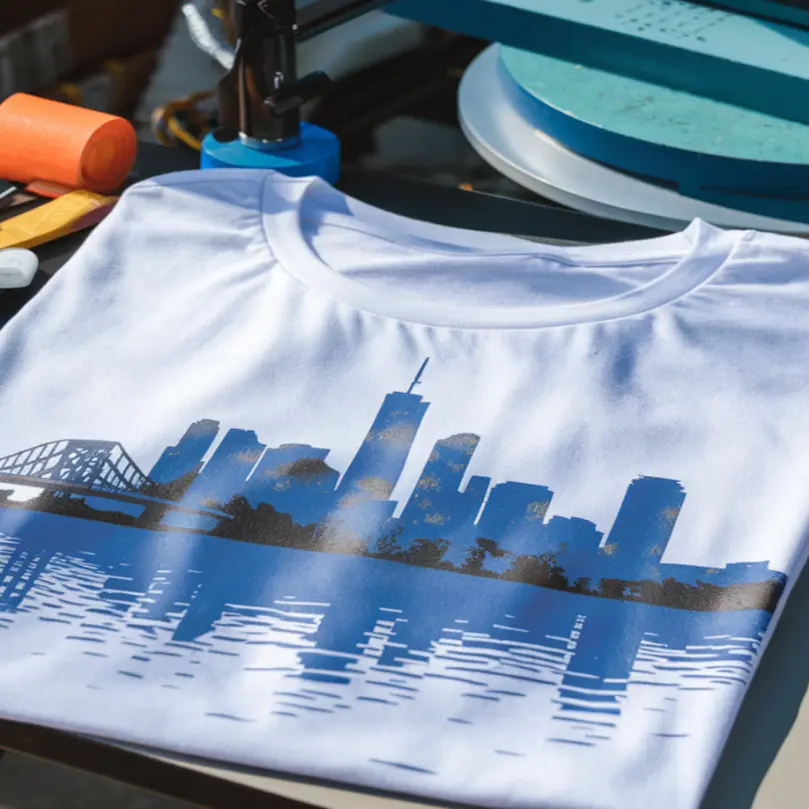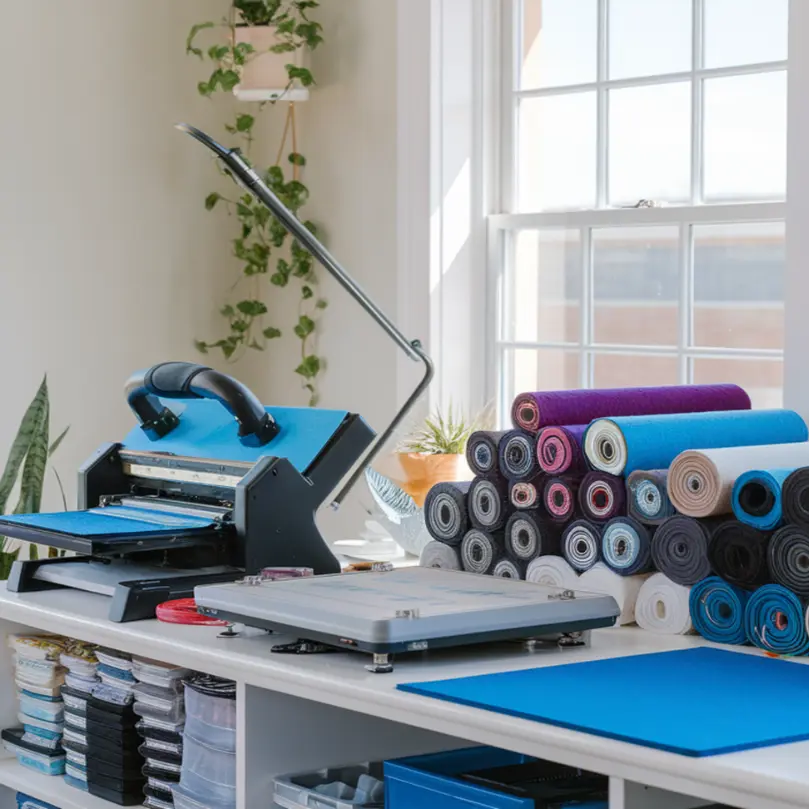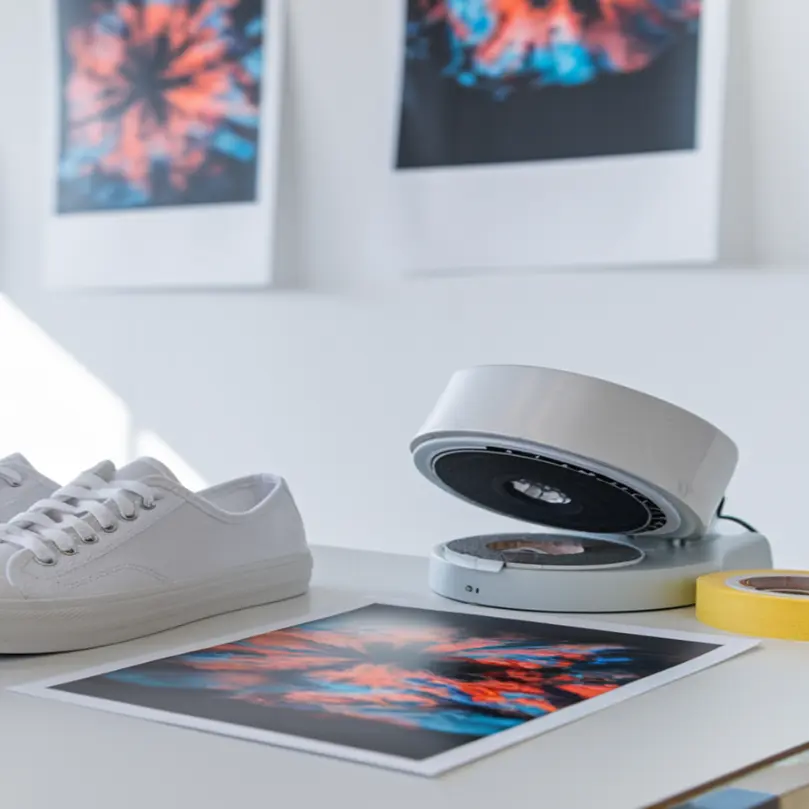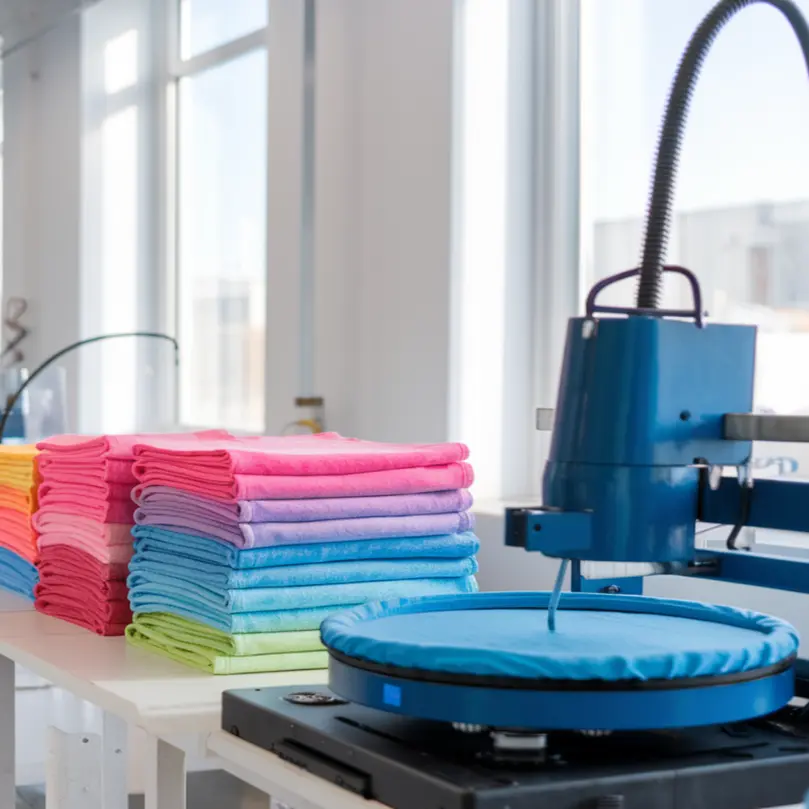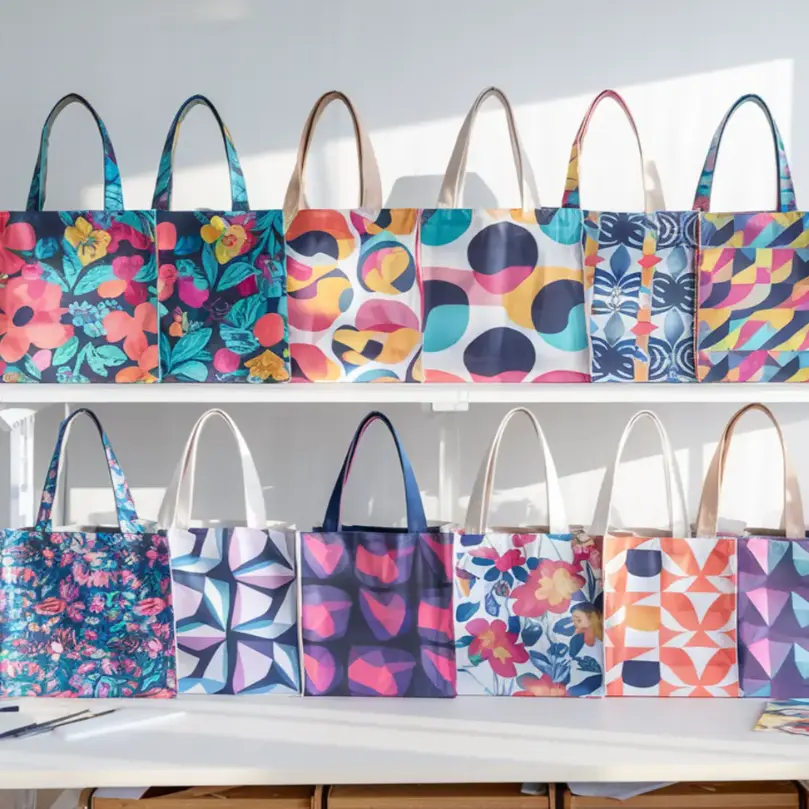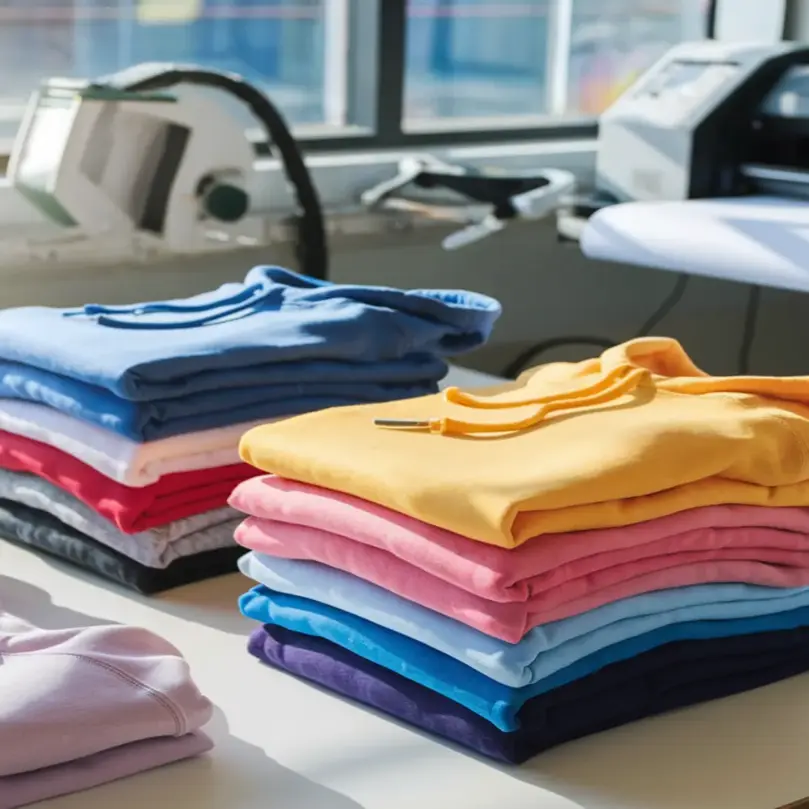Table of Contents
ToggleAre you wondering how many times can you use a sublimation print. The short answer is that you can potentially use a print more than once, though the results will likely be less vibrant. Read on for a more detailed answer. Reusing sublimation prints is a creative way to get more out of your materials while exploring unique, vintage-style designs. While sublimation is typically known for producing vibrant and durable results, it’s possible to reuse a print under certain conditions. The key lies in how much ink remains on the sublimation paper after the first press, as well as the type of fabric or surface used.
In this guide, we’ll explore how and when you can reuse sublimation prints, what results to expect, and how to make the most of your designs—even if they’re not as vivid as the original.
Key Takeaways
- Ink Remaining is Crucial: The amount of ink left on the sublimation paper after the first press determines if it can be reused. Typically, prints on polyester T-shirts may have enough ink for a second press, while prints on ceramic mugs often do not.
- Results Vary by Material: Reused prints tend to produce lighter, more faded results, especially on blended fabrics or after multiple presses. However, in some cases, vibrant second prints can still be achieved, particularly on 100% polyester fabrics.
- Creative Opportunities: Even when faded, second-use prints can create stunning vintage or washed-out effects, ideal for unique T-shirts, pillows, and other custom projects.
Factors Determining Reusability

Whether or not you can reuse a sublimation print depends largely on how much ink remains on the paper after the first press. If the design on the sublimation paper still looks vibrant and retains visible ink, it’s possible to use it again. However, the result will likely be lighter and more faded than the original. This is especially true for prints used on soft surfaces like polyester T-shirts, where some ink may still remain after the initial press. In contrast, hard surfaces like ceramic mugs tend to extract most of the ink during the first transfer, leaving little to no chance for reuse.
The type of fabric or material also plays a crucial role in the success of reusing sublimation prints. Prints on 100% polyester fabrics tend to produce the best results, as these materials are designed to fully absorb sublimation ink, even during a second press. Polyester blends, such as those with 65% polyester and 35% cotton, may yield more muted results, creating a washed-out or vintage effect that can still be appealing for certain designs. For cotton fabrics or other non-polyester materials, sublimation requires glitter HTV or a similar medium, which can result in artistic but less vivid outcomes.
By examining the amount of ink left on the paper and carefully selecting the right fabric or material, you can determine whether a sublimation print is suitable for reuse. While the results may not match the vibrancy of the original press, they offer unique creative possibilities for projects like vintage-style apparel or custom home décor.
Step-by-Step Guide to Reusing a Sublimation Print
Reusing a sublimation print starts with preparing the print and the material. Begin by inspecting the sublimation paper to ensure there is enough ink left for another press. A design that still looks vibrant on the paper is more likely to produce a satisfactory result. Trim around the design if needed, especially if you plan to use glitter HTV or want a precise fit for your fabric or material. This helps minimize waste and allows for better placement during pressing.
⫸ Click Here For Best Selling Sublimation Printers And Products ⫷Once the print is ready, select your material. For the best results, choose 100% polyester fabric, which absorbs sublimation ink most effectively. If you are working with poly-cotton blends, be aware that the final result will likely be more muted and faded, though it can still create a charming vintage effect. When pressing, follow the same temperature and time settings you would for a first-use print, typically around 385°F for 40–60 seconds. Apply light pressure to avoid distortions or marks, particularly on thinner materials.
For a potential third press, handle expectations carefully. While a third press may still produce an image, it will be significantly lighter and more faded than the second. This may be suitable for certain artistic or experimental projects, but it’s generally recommended to stop after two uses to maintain quality.
Comparing First and Second Presses
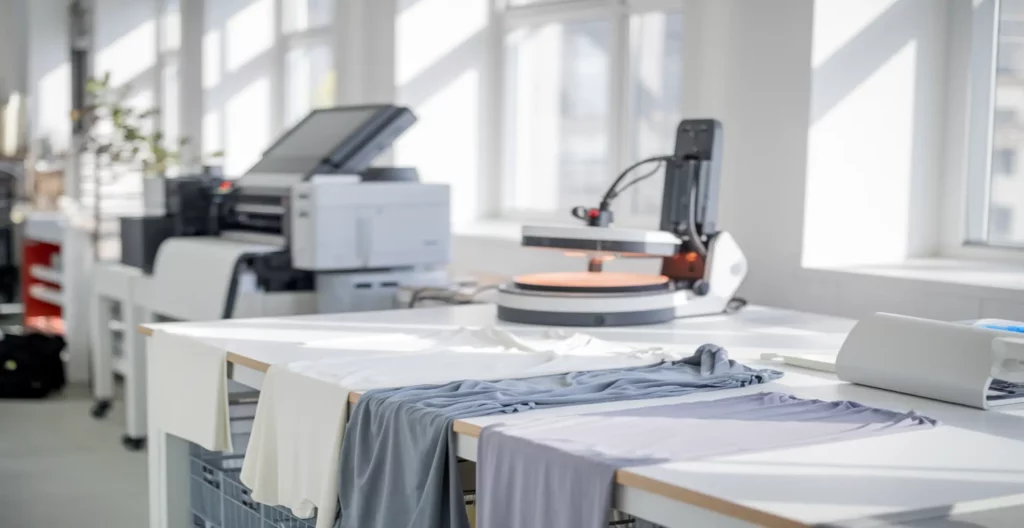
The difference between a first and second press is often striking but can be used to your advantage. A first press typically delivers bright, vivid colors, especially on materials like 100% polyester. This clarity makes it ideal for projects that require sharp, professional-looking designs. In contrast, a second press creates a softer, more subdued look. The colors appear lighter and more worn, which can be perfect for vintage-style apparel or decorative pieces like pillows.
When comparing first and second presses, it’s essential to remember that the material plays a significant role. A second press on a high-polyester fabric will generally retain more of the original design’s vibrancy compared to a blend or cotton-based material. While some may see the faded look as a downside, others view it as a creative opportunity to explore new styles and effects. The key is to decide what aesthetic fits your project and to embrace the unique character of each reuse.
Creative Applications for Reused Prints
Even when sublimation prints lose some of their vibrancy, they offer exciting possibilities for creative projects. A second-use print’s faded appearance can lend itself to designs with a vintage or grunge aesthetic, making it ideal for custom sublimation T-shirts, tote bags, or even wall art.
For home décor, prints can be transferred onto fabric scraps to create throw pillows or decorative panels, giving new life to leftover materials while reducing waste.
Another way to make the most of reused prints is by experimenting with placement and layering. For instance, combining a second-use print with glitter HTV on cotton fabrics can result in a striking, textured look. This approach is particularly effective for unique, one-of-a-kind pieces that stand out. By thinking creatively and embracing the imperfections of reused prints, you can transform them into a valuable part of your crafting process.
Conclusion
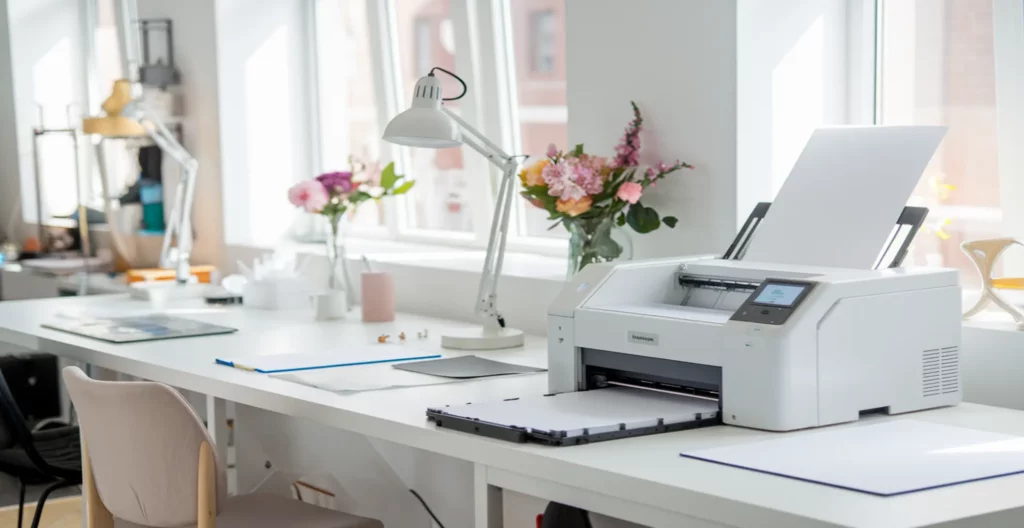
Reusing sublimation prints is a creative and resourceful way to make the most of your materials while experimenting with new styles. Although second and even third presses may not achieve the same vibrancy as the first, they offer unique possibilities for projects that embrace a vintage or worn look. By understanding the factors that influence reusability—such as ink retention, fabric type, and pressing techniques—you can make informed choices and expand your crafting potential. Whether you’re creating custom apparel, home décor, or artistic designs, reusing sublimation prints can add a distinctive touch to your work while reducing waste.
FAQs
Can you use a sublimation print more than once?
Yes, but the ability to reuse a sublimation print depends on the amount of ink left on the paper after the first press. Prints that retain visible ink can often be used for a second press, though the results will likely be lighter and less vibrant.
How many times can you use a sublimation transfer?
Sublimation transfers can typically be used twice, with the second press resulting in a more faded or vintage appearance. A third press may be possible in some cases, but the quality will usually be too diminished for most projects.
Do reused sublimation prints last as long as first-use prints?
Yes, the longevity of the design is not affected by whether it’s a first or second press. Once sublimated onto the material, the design becomes permanent, as the ink is embedded into the fabric or surface.
What happens if you try to press a sublimation print a third time?
A third press often produces a much lighter and more faded result. While it can still work for certain artistic or experimental designs, it’s generally not recommended unless the faded look aligns with your creative vision.
Can reused sublimation prints be applied to different materials?
Yes, second-use prints can be transferred onto various materials, such as polyester blends or cotton fabrics with glitter HTV. However, the outcome may vary based on the material’s composition and the remaining ink on the transfer.

